AARP Hearing Center


As the deadliest wildfire in modern U.S. history barreled through Maui this month, two friends turned to the ocean for salvation. Etina Hingano, 54, and Freeman Tam Lung, 80, fled the 20-unit Lahaina Crossroads Apartment complex where they were neighbors, and headed to the coastal town’s seawall to try to escape the flames.
Hingano helped lower the 6-foot-5-inch, 300-pound Tam Lung onto some rocks along the water, but she knew that with his gout, the tall “kupuna”— or Hawaiian elder — was in pain.
“I told him he has to make it,” Hingano said.
Over the next few grueling hours, Hingano had to distance herself from Tam Lung for her own safety, moving further out into the ocean, trying to dodge the fire’s heat and smoke. Hingano periodically cried out to ask whether Tam Lung was OK, and he’d give her a “shaka,” a Hawaiian hand signal — middle fingers curled, thumb and baby finger extended — to signify all was good.
Then a truck exploded on the road right next to the seawall. Tam Lung screamed, and Hingano, hit by fumes from exploding vehicles, tumbled into the water, losing consciousness.
“I thought I was going to die, and I could hear him still calling for me,” she said.
When she came to it, she could no longer hear Tam Lung's voice.
After midnight, when a rescue crew finally came to get Hingano and a group of roughly 30 others who were with her in the ocean, Tam Lung was left behind, unresponsive. The father of three, who loved his hometown of Lahaina, was officially announced by the county as one of the dead exactly two weeks later.
Of the 115 confirmed deaths from the Lahaina fire, only 45 victims have been publicly identified. But most of those victims, nearly three-quarters, were over the age of 60. Among those identified were four residents of Hale Mahaolu Eono, a 35-unit independent living complex for low-income seniors, which was decimated by the blaze. Another three residents are still unaccounted for.
These early signs of the Maui disaster reflect a long-standing trend: Older adults die at higher rates in extreme U.S. weather disasters than those who are younger.
Of the roughly 150 deaths attributed to Hurricane Ian, which walloped Florida’s west coast last September, roughly two thirds were 65 or older. For Puerto Rico’s Hurricane Fiona, which also hit last September, adults 65 and older accounted for 35 of the 42 deaths. During Texas’s 2021 “Big Freeze,” people 60 and older made up 60 percent of deaths. In Northern California’s 2018 Camp Fire, which ravaged the town of Paradise, a staggering 72 of the 84 identified fatalities were people 60 or older. The trend holds true looking at weather events going back decades.
“We really do see it time and time again,” said Sue Anne Bell, an assistant professor at the University of Michigan School of Nursing, who works on disaster preparedness and response. “We have 50 years of research, or more, showing how older adults are a vulnerable population, but we’re still wrestling with the same problems.”
Some promising local and national efforts are underway across the country to confront the problem, but critics argue that persistently high death counts among older adults reveal not enough is being done. They fault disaster preparation strategies, which too often fail to take into account the unique difficulties faced by many older adults: chronic health issues, social isolation and an unwillingness to leave pets and homes. In addition, many seniors don’t acknowledge that climate change is causing storms and other weather events to become more extreme.
“There is no one solution, but rather a group of solutions that need to take place at the individual level, the community level, the policy level and then at a greater societal level in terms of how we value our older adults,” Bell said.
Those solutions can’t come quickly enough. The frequency of powerful and unpredictable weather events is accelerating — something particularly evident this year, with Southern California's blizzards, Vermont's flooding and the Southeast's Tropical Storm Idalia bearing down.
In the 1980s, the nation suffered an extreme weather disaster that caused at least $1 billion in economic damage about once every four months on average after adjusting for inflation, according to a report by the National Oceanic and Atmospheric Association’s National Centers for Environmental Information.
In 2022, there was one every three weeks, on average.
As this happens, America’s older population is expanding. Adults 65 and older made up 17 percent of the U.S. population in 2020, totaling almost 56 million. But by 2040, they’ll make up 22 percent, totaling roughly 81 million, according to the U.S. Department of Health and Human Services Administration on Aging. One analysis of all coastal counties in the U.S. predicted that the proportion of people over 65 who live in coastal communities — highly vulnerable to weather events — will steadily rise to be over a third of the population by 2100, compared with less than a fifth today.


Preparedness lacking for extreme weather events
Near the coast in Maui, more than two weeks after the Lahaina fires tore through the Hale Mahaolu Eono apartment complex, both the building and its community are in ruins.































































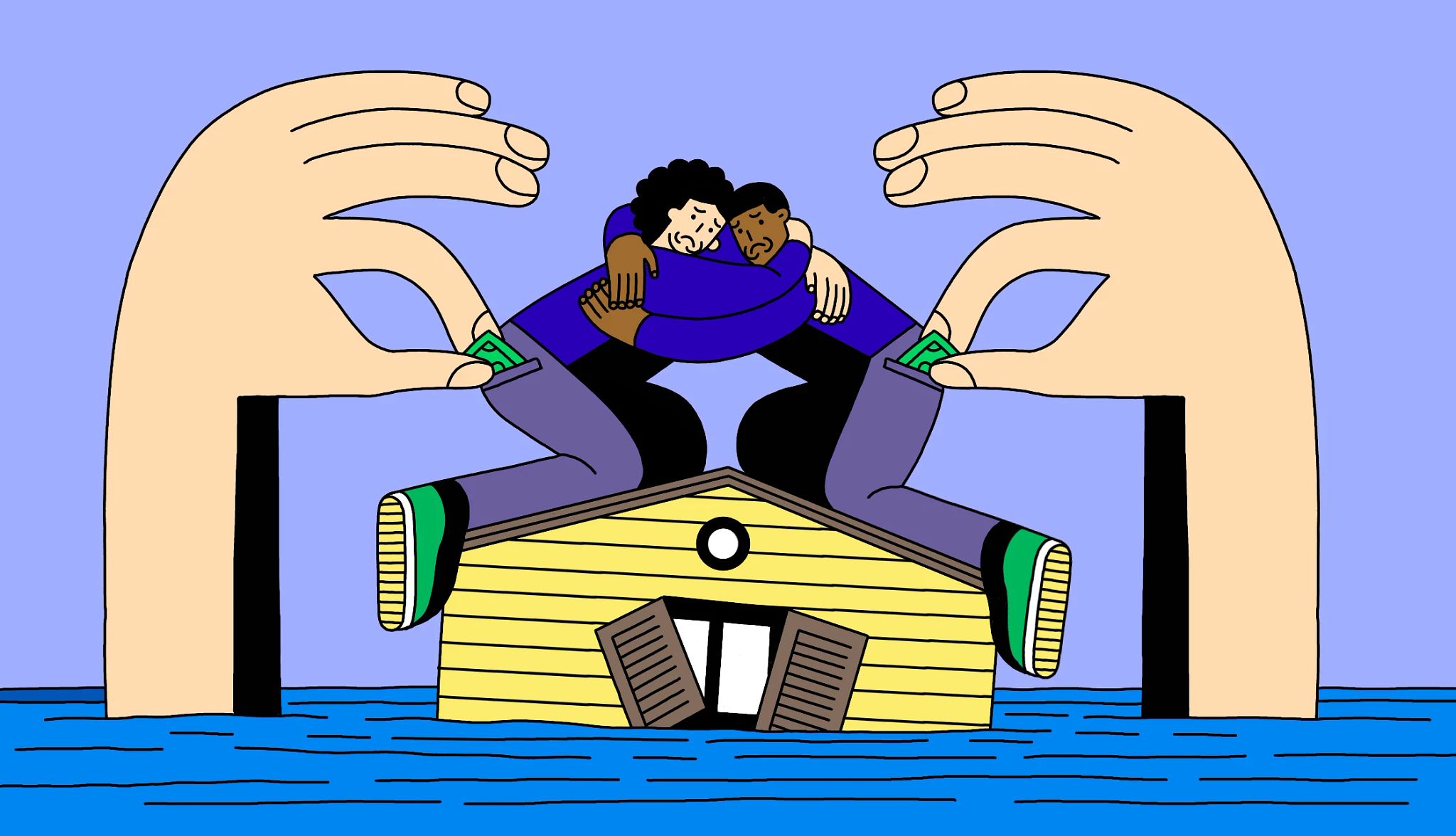
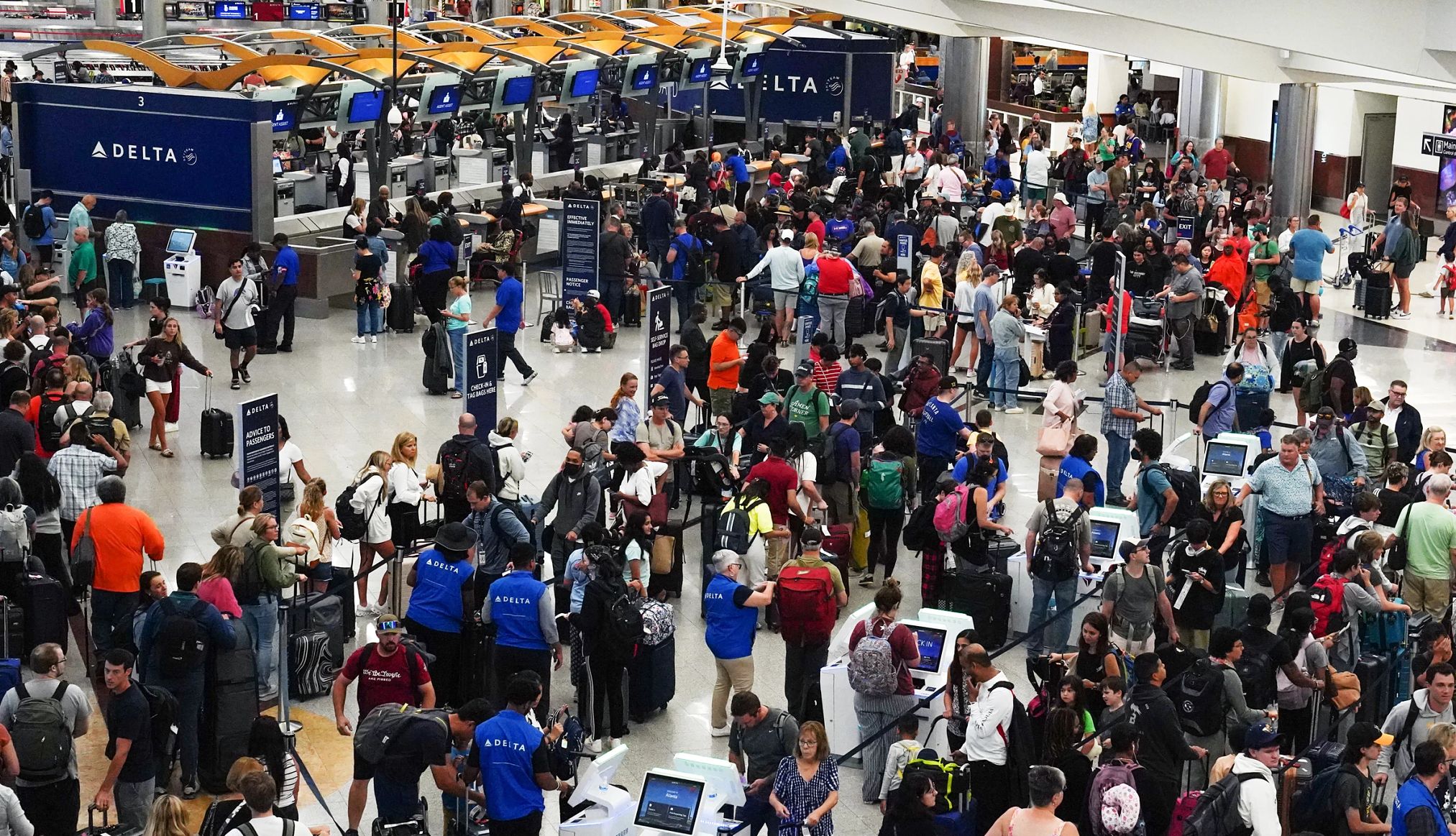

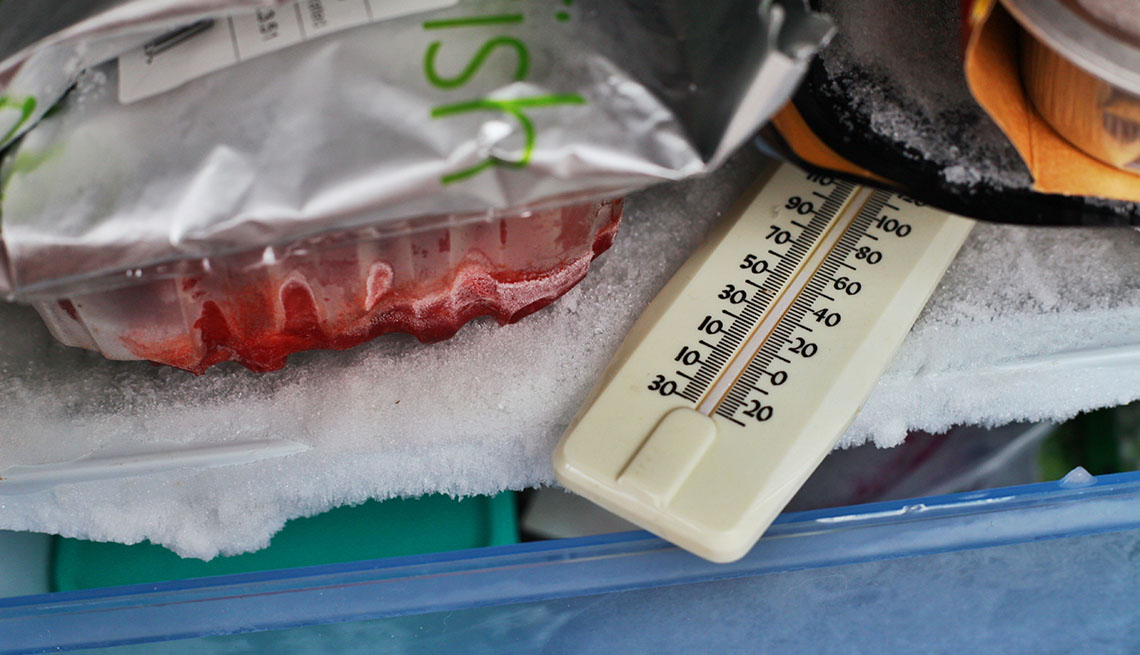
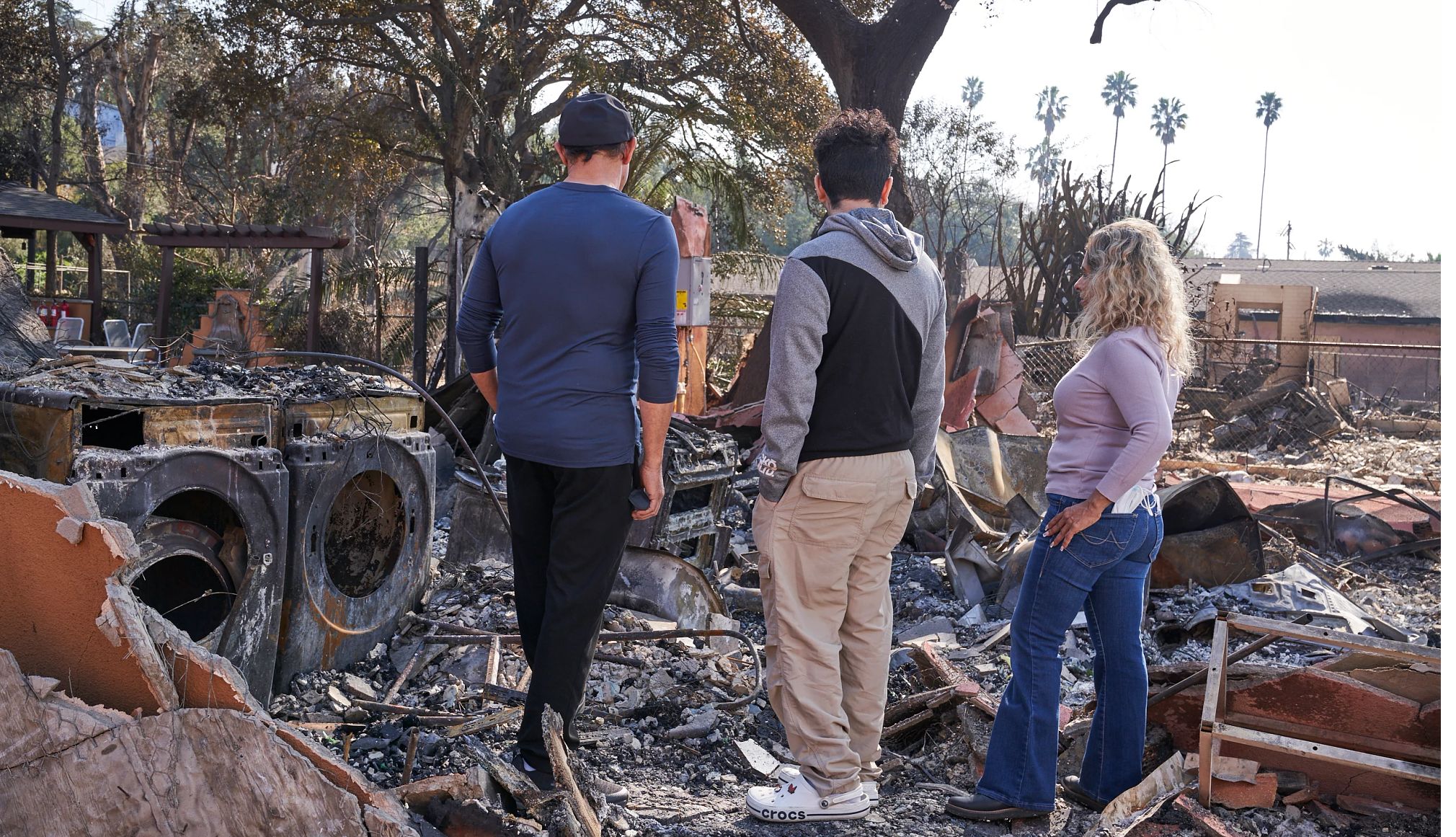

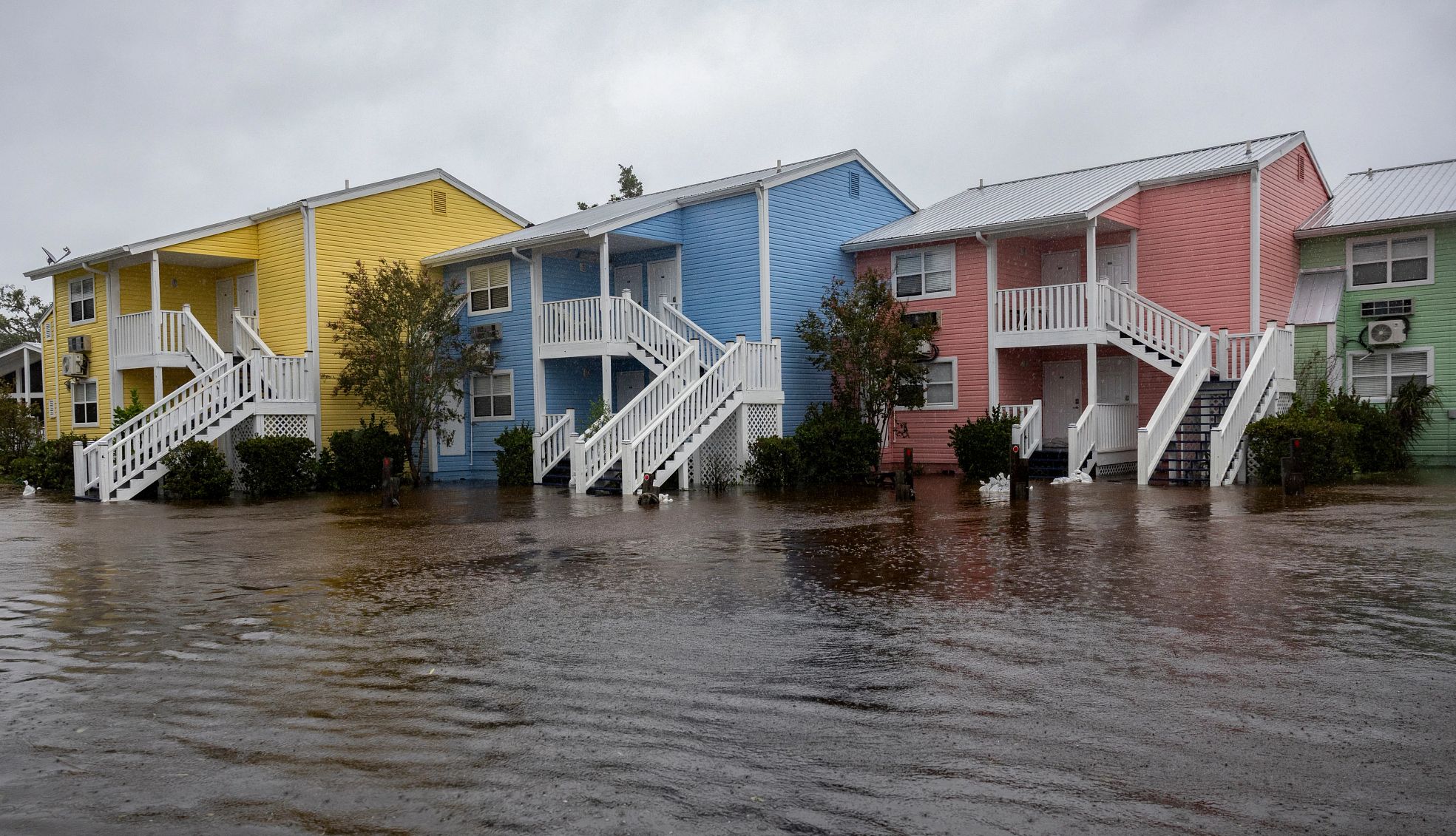
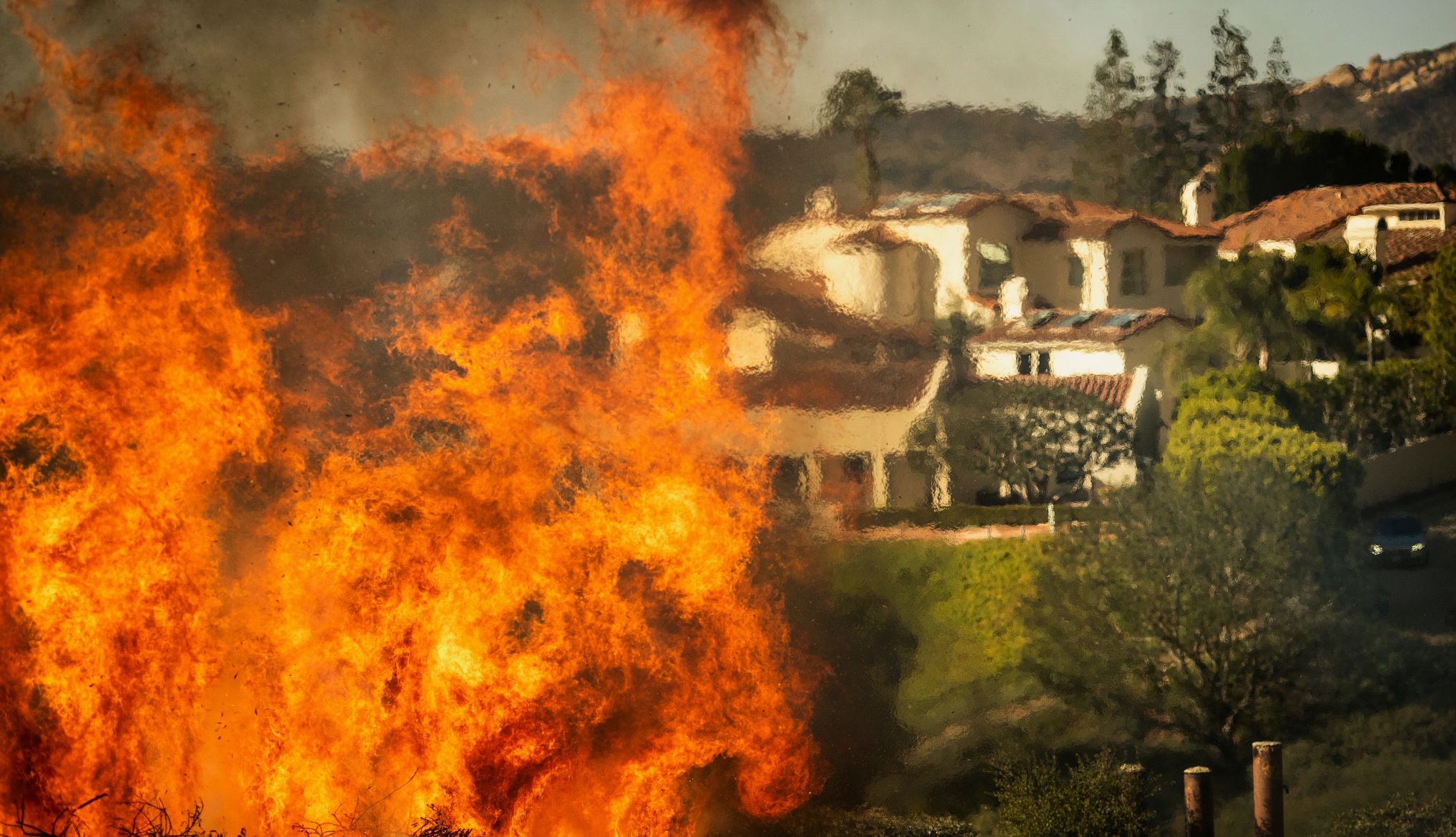



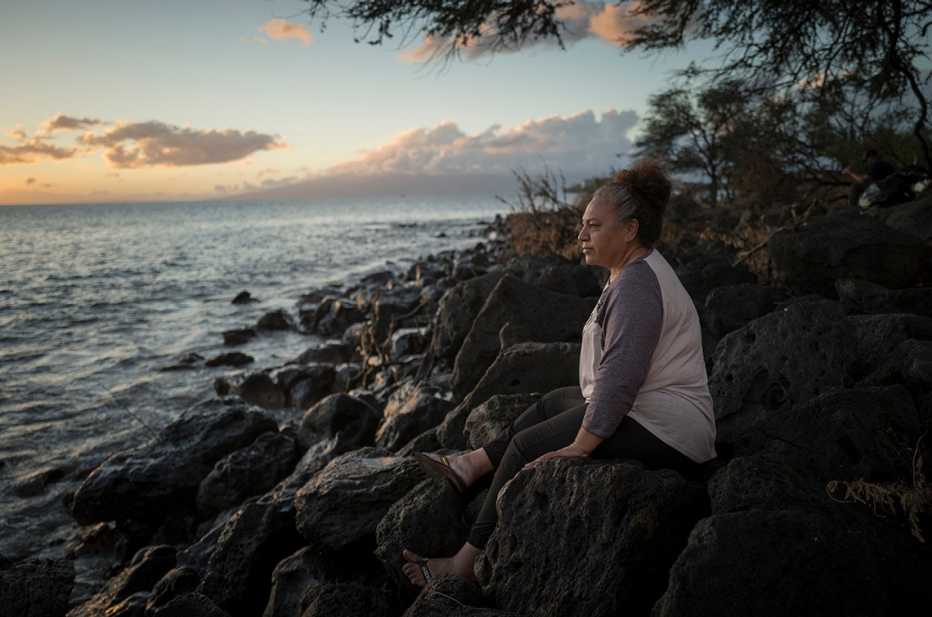
More From AARP
How to Prepare for a Natural Disaster
Prepare for problems before they happen
12 Tips for Cleaning Up After a Hurricane, Flood or Tornado
Following severe storms, assess water damage, bring safety gear and save what you canHow to Stay Safe During Natural Disasters
At home or on the road, these tips can help you stay out of harm's way in dangerous weather